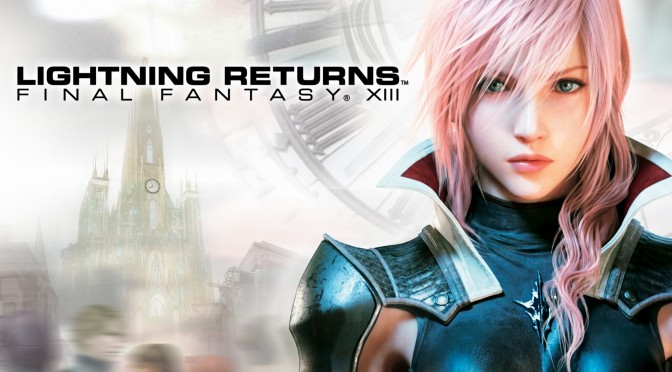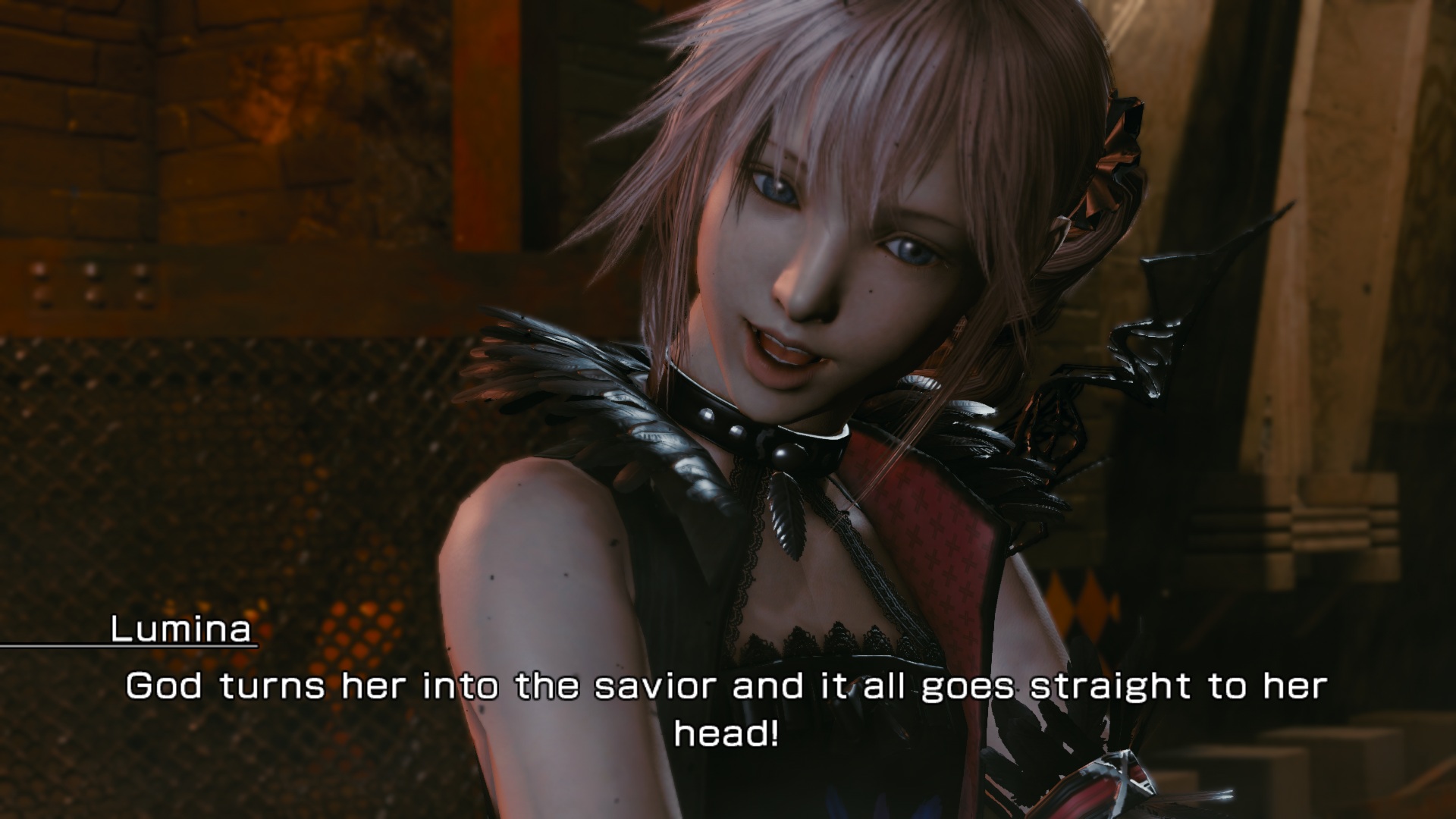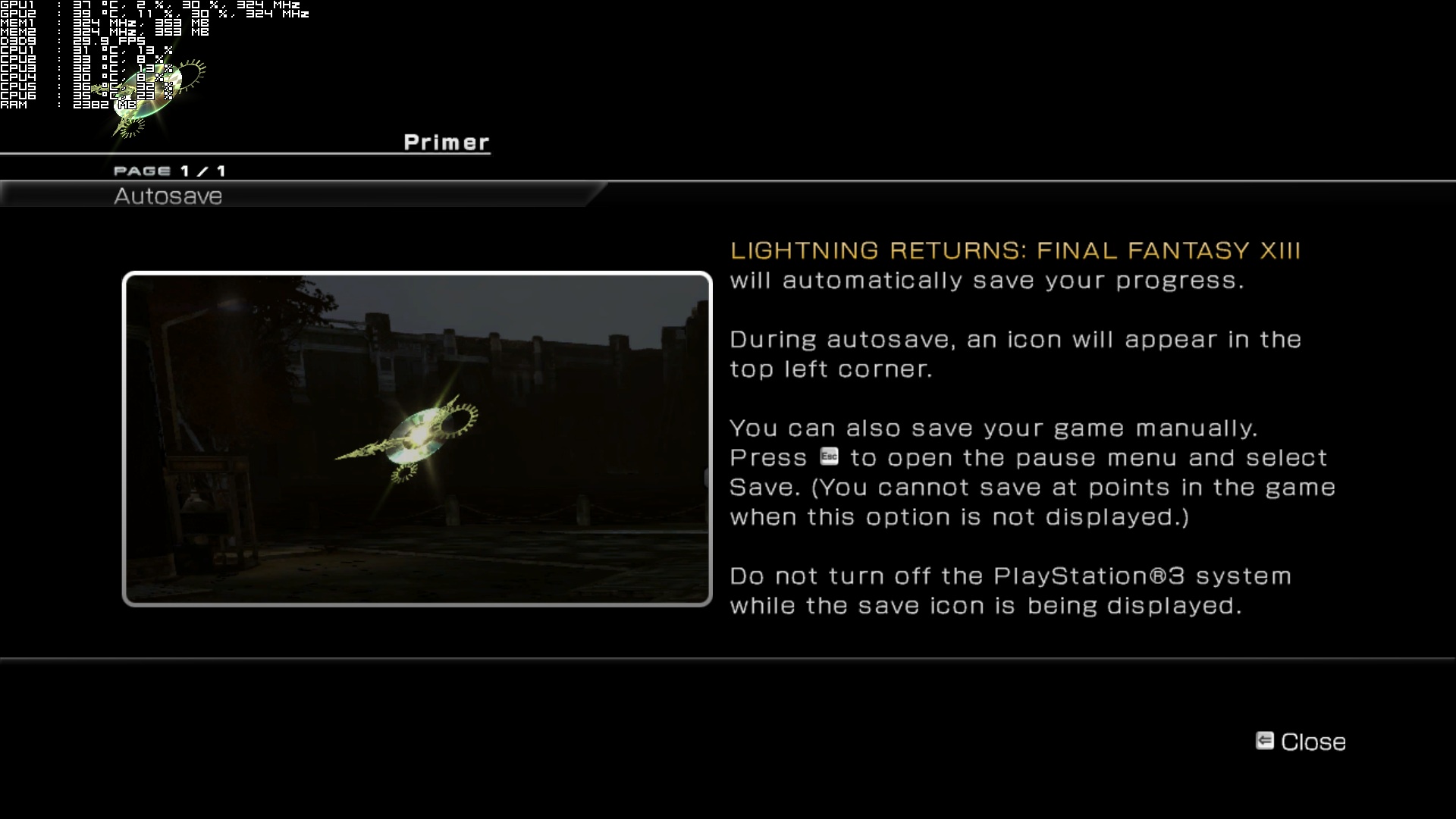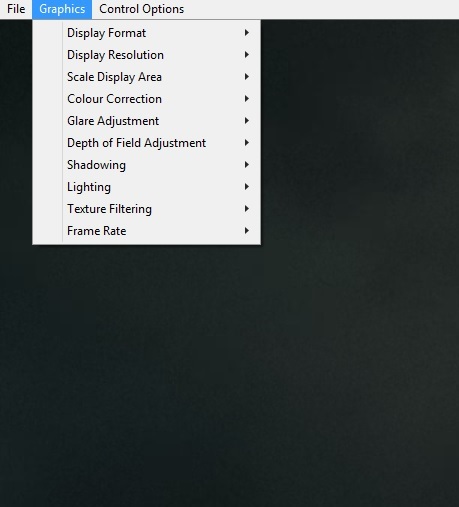Truth be told, we’d never planned writing a Performance Analysis for any of the Final Fantasy games that were recently released on Steam. However, after all the performance issues surrounding Final Fantasy XIII and Final Fantasy XIII-2, we decided to give Lightning Returns: Final Fantasy XIII a spin.
As always, we used an Intel i7 4930K (turbo boosted at 4.0Ghz) with 8GB RAM, NVIDIA’s GTX690, Windows 8.1 64-bit and the latest WHQL version of the GeForce drivers. NVIDIA has not included any SLI profile for this title, however we are pretty sure that most of you won’t need one as the game does not require a high-end GPU in order to be enjoyed.
In order to find out how this game performed on older CPUs, we simulated a dual-core CPU. Lightning Returns: Final Fantasy XIII can be almost fully enjoyed with a modern-day dual-core Intel CPU. While most of the scenes run with constant 60fps at 1080p and with max settings on our simulated dual-core system, there were some noticeable stutters (especially when the game was loading new areas).
We’ve also experienced stuttering – to a lesser degree however – with our hexa-core, meaning that this game will benefit from an SSD, so make sure to install it in your solid-state drive (in case you own one).
Regarding its GPU requirements, Lightning Returns: Final Fantasy XIII ran like a dream on our GTX690 (that performed like a GTX680 since there is no SLI profile for this game as of yet), and the game did not stress it at all (GPU usage was around 40-50%). This means that the game will run with 60fps on a lot of PC configurations. AMD users have not reported any performance issues, so it’s almost safe to say that this third part of the Final Fantasy XIII series runs great on the PC.
Unfortunately, the game suffers from some porting issues. Mouse is not supported, something that really disappointed us. Proper mouse mechanics would be ideal in such a title, so let’s hope that Square Enix will release a patch to address this issue. Not only that, but the game supports only specific resolutions, and then there is the following screenshot that asks players to not turn off their… Playstation 3 while the game saves. Really Square Enix now? Really?
For what is worth, we really liked the new options that Square Enix implemented. There is a menu bar at the top of the game, via which you can adjust/tweak the game’s graphics options. PC gamers can tweak Scale Display Area, Colour Correction, Glares, Depth of Field, Shadowing, Lighting, Texture Filtering and Framerate (Dynamic=60fps and Fixed=30fps).
Graphics wise, Lightning Returns: Final Fantasy XIII is not a really impressive title. There are a lot of low-res textures and it’s a shame Square Enix did not include a HD pack in this new version. Higher quality textures with slightly better meshes would greatly benefit this game. As it is, Lightning Returns: Final Fantasy XIII looks okay and most gamers will appreciate the fact that the game finally runs at 60fps, however if we exclude the nostalgia factor, Lightning Returns: Final Fantasy XIII does not look that sexy graphically.
All in all, Lightning Returns: Final Fantasy XIII is an okay console port. The game shows proper on-screen indicators which is great for keyboard fans but then again, who would play it via keyboard without mouse support? The game runs great on the PC, and a lot of players will be able to enjoy it at 60fps. Let’s hope that Square Enix will release a patch to add more resolutions, implement proper mouse support, and improve the game’s stutter issues.
Enjoy!

John is the founder and Editor in Chief at DSOGaming. He is a PC gaming fan and highly supports the modding and indie communities. Before creating DSOGaming, John worked on numerous gaming websites. While he is a die-hard PC gamer, his gaming roots can be found on consoles. John loved – and still does – the 16-bit consoles, and considers SNES to be one of the best consoles. Still, the PC platform won him over consoles. That was mainly due to 3DFX and its iconic dedicated 3D accelerator graphics card, Voodoo 2. John has also written a higher degree thesis on the “The Evolution of PC graphics cards.”
Contact: Email


















